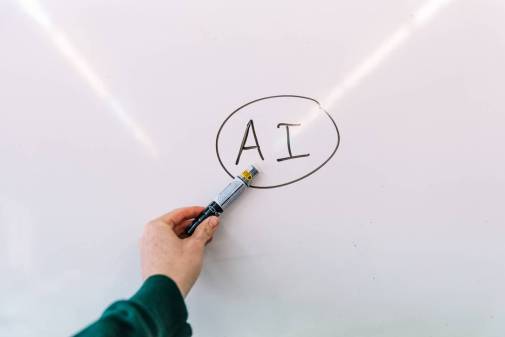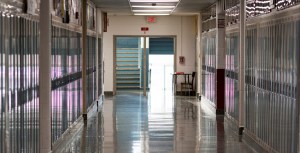Report unveiled at ISTE shows obstacles to edtech adoption

While technological developments in K-12 education abound, teachers and students still face challenges integrating digital tools in the classroom, warns a new report unveiled at the International Society for Technology in Education Conference.
That in turn is making it challenging for schools to create authentic learning opportunities, according to the Horizon Report, released by the New Media Consortium at the annual edtech gathering in Philadelphia.
The report provides new details to findings released in a previous version of the report in May, which highlighted trends likely to have a significant impact on schools and K-12 education in the next several years, including 3-D printing, adaptive learning technologies, digital badging and wearable technologies.
Also among the next big trends are makerspaces, which are defined in the report as “community-oriented workshops where tech enthusiasts meet regularly to share and explore electronic hardware, manufacturing and mechanical tools, and programming techniques and tricks.
But the new report also examined six challenges that policymakers and school administrators face as the education landscape continues to change:
Creating authentic learning opportunities
Schools need to do better at incorporating experiential and hands-on learning, the report states. “The task for countries, states, districts and schools is to learn from successful models, which can be adapted, implemented and scaled,” it reads.
Teachers and administrators must first identify a goal — like improving retention or exposing students to real-world situation — and then match strategies to those goals. One approach is to partner with businesses, organizations and other entities so kids can be exposed to apprenticeships and vocational work.
Integrating technology in teacher education
This challenge is often blamed on budget cuts and insufficient funds for teacher training. Many educators also complain that they were not taught the skills they need to introduce technology into their classrooms in their own teaching programs.
And, the report notes, “Even if a teacher is comfortable with using new digital tools, they may not have help to maintain the devices as some districts have few to no technology support on staff.”
The Obama administration has tried to address the need for technology in the classroom with its ConnectED initiative, which aims to provide 99 percent of students with high-speed broadband access by 2018. The White House recently came out with a status report after launching the program two years ago.
Personalized Learning
Kids are now encouraged to use all kinds of technologies in school that would have usually been banned in the past: cell phones, laptops, tablets. But the new model can still bump heads with traditional ways of learning, especially when teachers are pressured to deliver passing results on standardized tests.
“Indeed,” the report states, “the potential for true personalized learning, which is founded on learner autonomy and individualized progress and support, is constrained by the overwhelming pressure put on schools to perform on standardized assessments.”
Rethinking the roles of teachers
The image of a teacher lecturing in front of rows of students in a classroom is now outdated, according to the report. Now, teachers are viewed more as facilitators who help guide kids in the right direction as they direct their own learning.
A paper from The New Teacher Project, an organization that works with schools to promote education equality, identifies three new roles for teachers: researcher and developer, integrator and guide.
According to the report, teachers need to “rethink their pedagogies and curriculum in ways that enable students to customize their own paths.”
Scaling teaching innovations
Expanding practices that work using technology in the classroom is difficult because the necessary infrastructure isn’t always in place to begin with, according to the report.
Teachers are also not always properly trained. “Policies that support innovation in teaching, although still rare, are paving the way for states and districts to implement and scale novel models of instruction.”
That’s where government can step in and be a force for good — for example, Georgia established an Innovation Fund that offers competitive grants to support schools in scaling their programs across the state.
Teaching complex thinking
Engaging students in complicated topics is pertinent for college and career, the report states. According to Code.org, there will be 1.4 million computer jobs by 2020 — but only 400,000 computer science students would be able to fill them.
“As a result, an increasing number of school leaders are making the case that coding needs to be integrated into curriculum at the K-12 level as a means of promoting complex thinking at a young age,” according to the report.
Students should also be learning data visualization and how to interpret big data, the report states.
Read more of StateScoop’s ed tech coverage from ISTE:
ISTE showcases startups, big brands and edtech products
Hot tech tools for today’s classrooms
Minecraft attracts long lines at ISTE conference
Education leaders offer digital learning strategy tool at ISTE
School CTOs offer advice on their ever-changing roles






